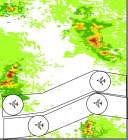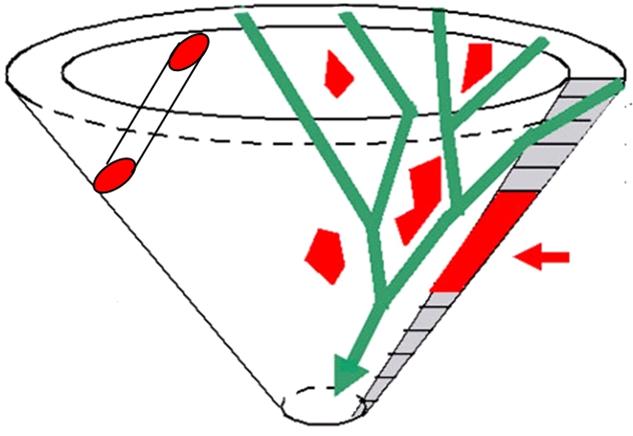Increasing volume of air traffic brings up the task of estimating capacity of airspace. The major impact on the capacity comes from the uncertainties associated with weather. These projects aim at designing and implementing efficient algorithms for planning safe weather-avoiding jet routes. The design vs. implementation balance is up to a student and ranges from independent problem formulation and solution to coding of existing algorithms.
See slides from HIIT seminars: Traffic Flows Clustering Flight Trajectories Capacity Estimation Weather Impact Modeling
Collaborators: Joseph Mitchell, Irina Kostitsyna, Shang Yang @ Stony Brook University
Collaborators: Jimmy Krozel, Joe Prete, Girish Sabhnani @ Metron Aviation
Collaborators: Joondong Kim, Jason Zou @ Google
Students: Anne Pääkkö, Niko Kiirala, Arto Vihavainen, Mikko Sysikaski
Contact: Valentin Polishchuk, valentin.polishchuk@cs.helsinki.fi







